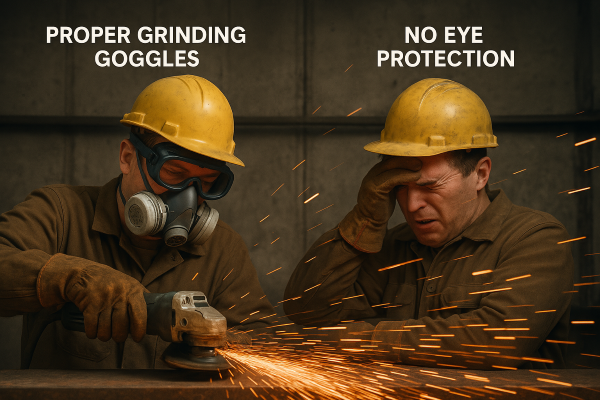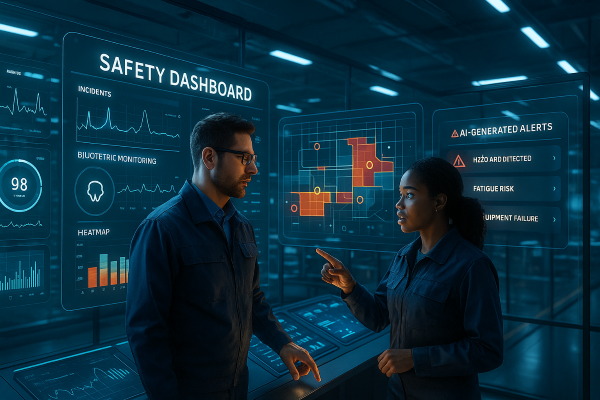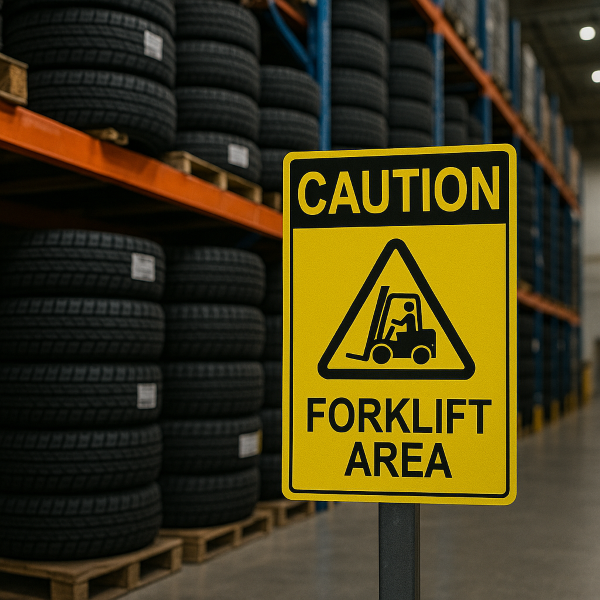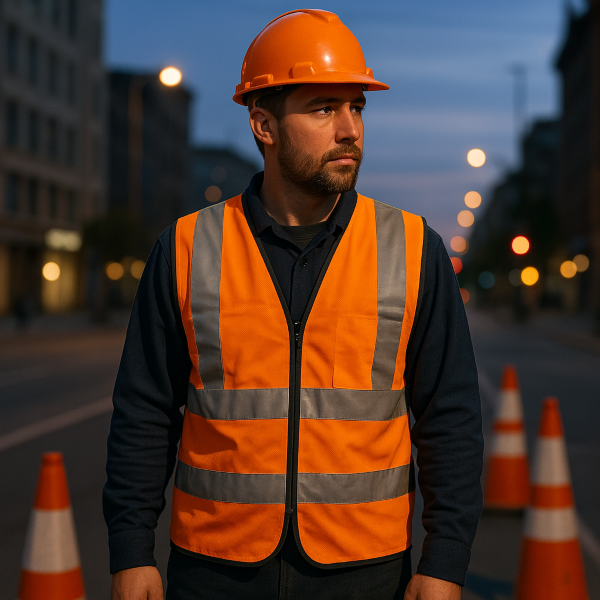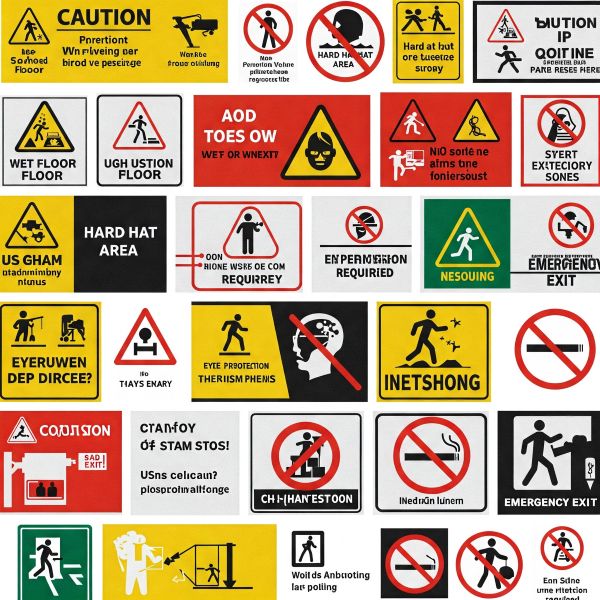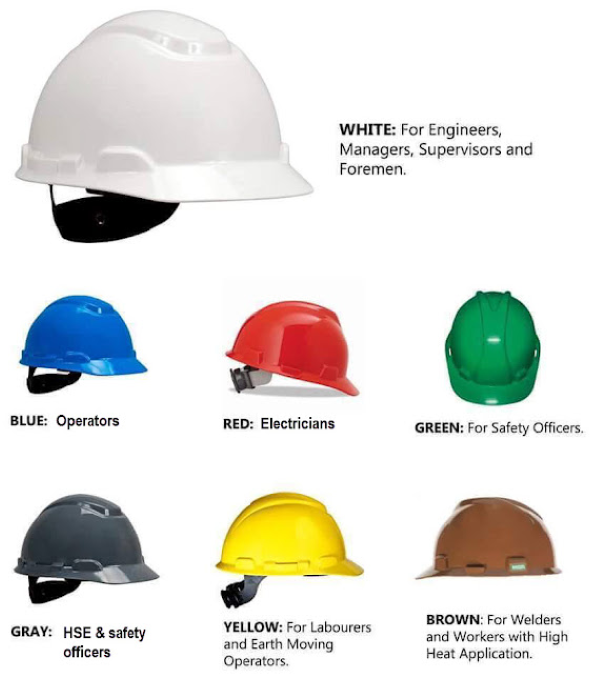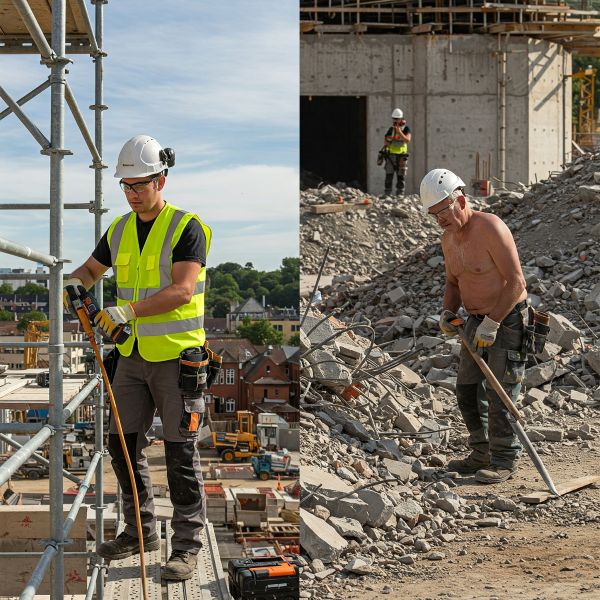Grinding Goggles & Glasses: The Ultimate Eye Protection Guide for 2025
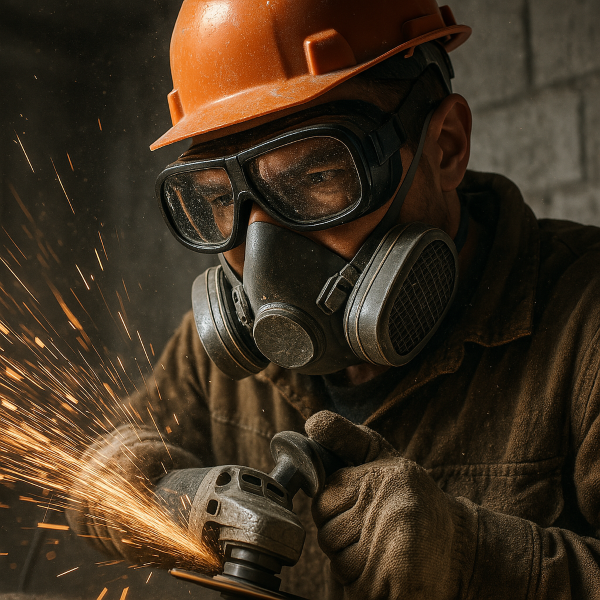
Why Grinding Eye Protection is Non-Negotiable
Let’s be real — if you’re grinding metal, concrete, or even stone without proper eye protection, you’re playing with fire. Literally. One rogue spark, dust cloud, or flying shard can leave you with more than just blurry vision — we’re talking permanent eye damage.
Whether you’re working in a high-impact construction zone or doing precision DIY grinding in the garage, grinding goggles and grinding glasses are your first line of defense.
But not all eye protection is created equal — and in 2025, you’ve got way better options than you did even a few years ago.
💥 The Hidden Hazards of Grinding
Grinding might look cool with all the sparks flying, but here’s what you’re really dealing with:
| Hazard | Risk to Eyes |
|---|---|
| Flying Debris & Dust | Can scratch the cornea, cause infections, or long-term damage |
| Concrete Particles | Silica dust can irritate or scar the eye’s surface |
| Chemical Splashes | From adhesives, coatings, or concrete sealants |
| Heat and Light Exposure | Flash burns or dry eyes from heat & UV |
| Impact Injuries | Fragments from cutting wheels or falling objects |
According to the CDC, over 2,000 eye injuries happen on the job every day in the U.S., and grinding tools are one of the top offenders.
🥽 Types of Grinding Eye Protection
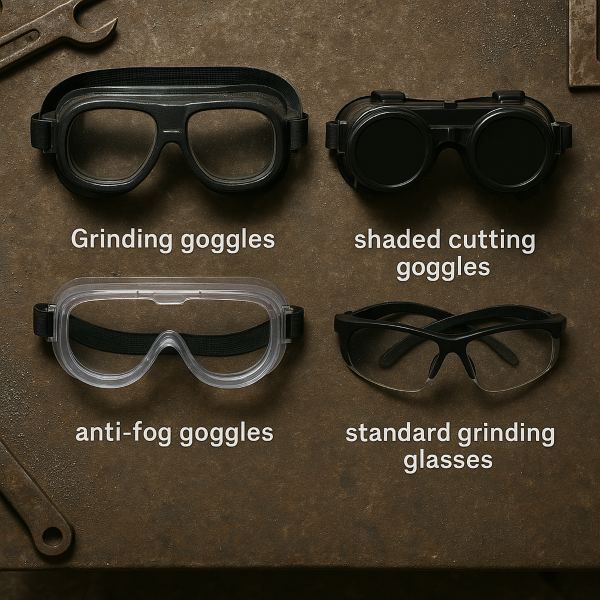
Different jobs call for different styles of protection. Here’s a quick rundown:
1. Standard Grinding Glasses
- Look like regular glasses but with impact-resistant lenses.
- Ideal for light-duty grinding or sanding.
- Usually feature side shields for basic lateral protection.
2. Full-Seal Grinding Goggles
- Wraparound, sealed design.
- Block out dust, debris, and chemical splashes.
- Best for heavy-duty grinding (concrete, metals, etc.).
3. Anti-Fog Goggles
- Crucial for humid or enclosed spaces.
- Use ventilation channels or anti-fog coatings.
- Essential for long sessions or outdoor/indoor transitions.
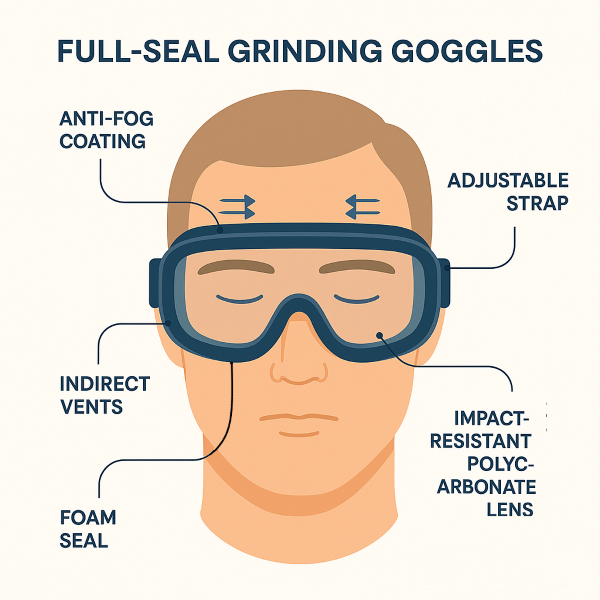
🔍 Key Features to Look For in Grinding Goggles
Let’s break it down — here are the features that matter when buying goggles for grinding:
| Feature | Why It Matters |
|---|---|
| Impact Resistance | Must be ANSI Z87.1 or EN166 certified. Protects against high-speed particles. |
| Anti-Fog Coating | Prevents visibility issues during extended work. |
| Ventilation | Indirect vents keep air moving but block dust. |
| Lens Material | Polycarbonate = lightweight & shatterproof. |
| UV Protection | Important if you’re grinding outside or near UV sources. |
| Fit & Comfort | Adjustable straps, foam seals, and compatibility with helmets & respirators. |
⚙️ Top-Rated Grinding Goggles for 2025
Here’s a side-by-side comparison of the best safety goggles and glasses for grinding this year:
| Product | Features | ANSI Standard | Best For | Lens Type |
|---|---|---|---|---|
| TR Industrial Anti-Fog Goggles | Indirect vents, anti-fog, UV protection | Z87.1 | Heavy-duty grinding | Clear |
| DeWalt DPG82 Concealer Goggles | Dual-injection seal, wide field of view | Z87.1 | Dusty environments | Clear/Tinted |
| Lincoln Electric Shade 3 Goggles | Narrow fit, impact + light filtering | Z87.1, CSA | Metal cutting & grinding | Shade 3 |
| NoCry Clear Anti-Fog Glasses | Lightweight, flexible fit | Z87.1 | DIY, light grinding | Clear |
| Pyramex V2G Safety Goggles | Strap or temple arms, soft foam padding | Z87.1 | Mixed indoor/outdoor tasks | Clear/Gray |
🔎 How to Choose the Right Grinding Goggles for the Job
Every task is different, so here’s a cheat sheet to help you choose:
🛠️ Work Environment:
- Indoor grinding? Focus on anti-fog and ventilation.
- Outdoor? Get goggles with UV protection or tinted lenses.
- Concrete work? Opt for full-seal goggles with dust protection.
⚡ Task Type:
- Light sanding or buffing? Standard grinding glasses may suffice.
- Heavy grinding or cutting? Full-seal goggles with impact protection are a must.
- Metal + light welding? Get shaded lenses like Shade 3.
🧘 Comfort Counts:
- Look for adjustable straps, soft nose pads, and foam seals for long sessions.
- Need to wear with a respirator? Make sure your goggles are PPE-compatible.
🧰 Bonus PPE: Don’t Stop at Eye Protection
Grinding is messy business. Here’s what else you should gear up with:
| PPE Gear | Purpose |
|---|---|
| Face Shield | Extra defense against sparks & flying debris |
| Respirator Mask | Filters out harmful dust (especially silica) |
| Hard Hat | Protects from falling debris or tools |
| Ear Protection | Grinding is LOUD — use plugs or muffs |
Pro tip: Layering eye protection (e.g., goggles + face shield) gives max coverage.
🧼 How to Maintain & Clean Your Grinding Goggles
- Anti-Fog Coatings: Use only lens-safe cleaners. Avoid alcohol-based wipes if not designed for it.
- Storage: Keep goggles in a hard case to prevent scratches.
- Inspections: Regularly check for lens damage or strap wear.
🛠️ Replace goggles at first signs of cracks, yellowing, or loose seals.
👷 Q&A: Grinding Goggles – What People Are Asking
Q: Are grinding glasses enough, or do I need full goggles?
A: For light-duty tasks, glasses might work. But for anything involving concrete, metal, or chemicals, go with full-seal goggles.
Q: What does ANSI Z87.1 mean?
A: It’s the U.S. standard for impact-resistant eye protection. If it’s not Z87.1-rated, don’t use it for grinding.
Q: Can I use swimming goggles or lab goggles for grinding?
A: Nope. They’re not designed for high-velocity impacts. Only use certified grinding goggles.
Q: Do shaded goggles work for welding?
A: Shade 3 or 5 lenses are okay for light welding or cutting, but not for arc welding. Use welding-rated gear for that.
🧠 Final Thoughts: Protect Your Vision Like a Pro
Grinding is no joke — and neither is losing your eyesight over a $20 mistake.
Whether you’re tackling concrete, steel, or even wood, grinding eye protection is a non-negotiable. Choose goggles that are:
- ANSI Z87.1-rated
- Fog-free
- Comfortable
- And right for the task
Ready to level up your grinding safety game?
Check out top-rated grinding goggles and glasses on trusted platforms like Amazon, Home Depot, or your local PPE supplier.
👀 Got a favorite pair of goggles or a horror story about not wearing eye protection? Drop it in the comments — let’s learn from each other!

